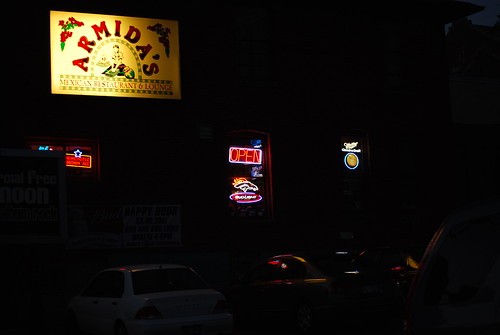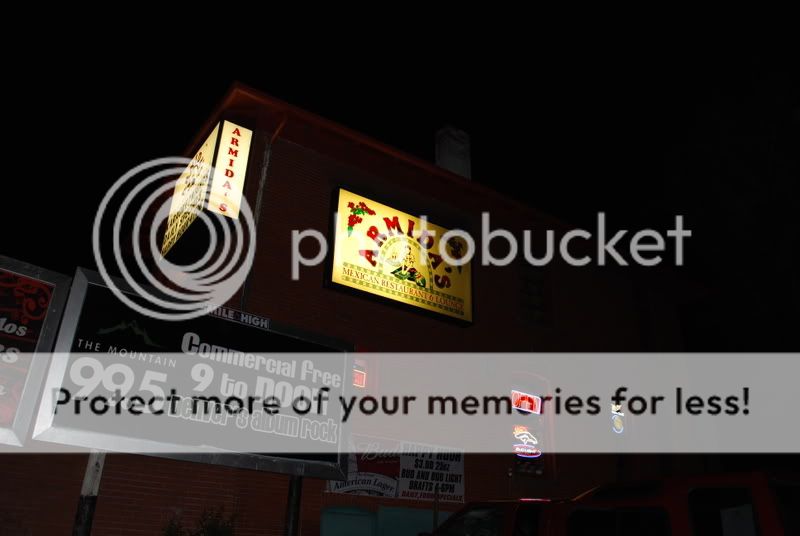Only if you're locking the exposure on the wrong object for the scene. It doesn't cause under-exposure, the user does.
I downloaded the D60 user manual last night to see if it was different from the D200, and in this sense its not.
To answer the OP`s original question, yes you were doing it right. However, you have to be aware that what you are locking your exposure on, you are also locking your FOCUS on as well. I use this technique in lower light environments where I want to darken the areas around the subject (well lit sign, lamp, etc...) and don`t want the lens to hunt.
The beginner`s error would come in if they targeted a lighter area like that sign, then recomposed on a couple standing in the street where it was darker. The poeple would be near silhouetted.
Spot metering can make it look like it is doing the same thing, but that is becuase one is perhaps not sure how it works or when to best use it. I would use spot metering when I wanted the reverse effects... example, to focus and properly meter a person that was back lit, therefore exposing them properly and blowng out all that is behind them. Of course it would work the same if they were front lit (background would be much darker), but you get the idea.
The differences between these 2 techniques is not the exposure of the sign (in this case), but what is AROUND the sign and how it will be exposed.
Bottom line: AE lock on when you are trying to properly expose a particular object in a scene that has large variances in lighting. Spot metering when you want to meter on JUST one subject and you do not care about the surrounding exposure. Standard setting metering for when you want your camera to take into consideration the exposure of the complete picture and not one section of it.













![[No title]](/data/xfmg/thumbnail/36/36102-8cd330c175e72b4b8009082908e60620.jpg?1734168064)





![[No title]](/data/xfmg/thumbnail/37/37112-9474bbad05f760cbef79df3379b23509.jpg?1734169831)